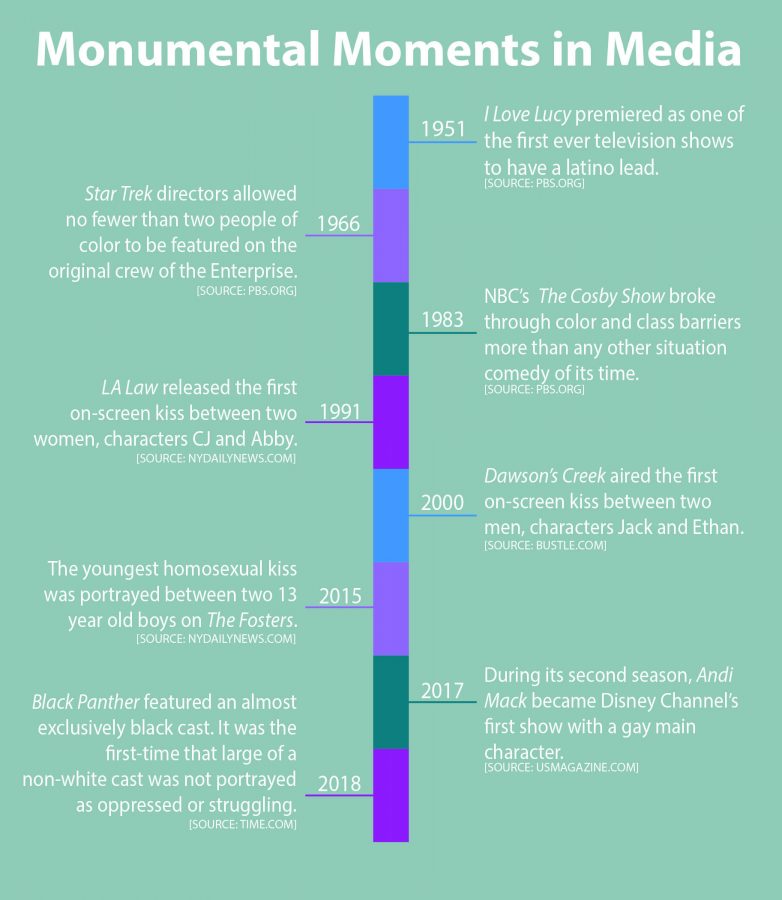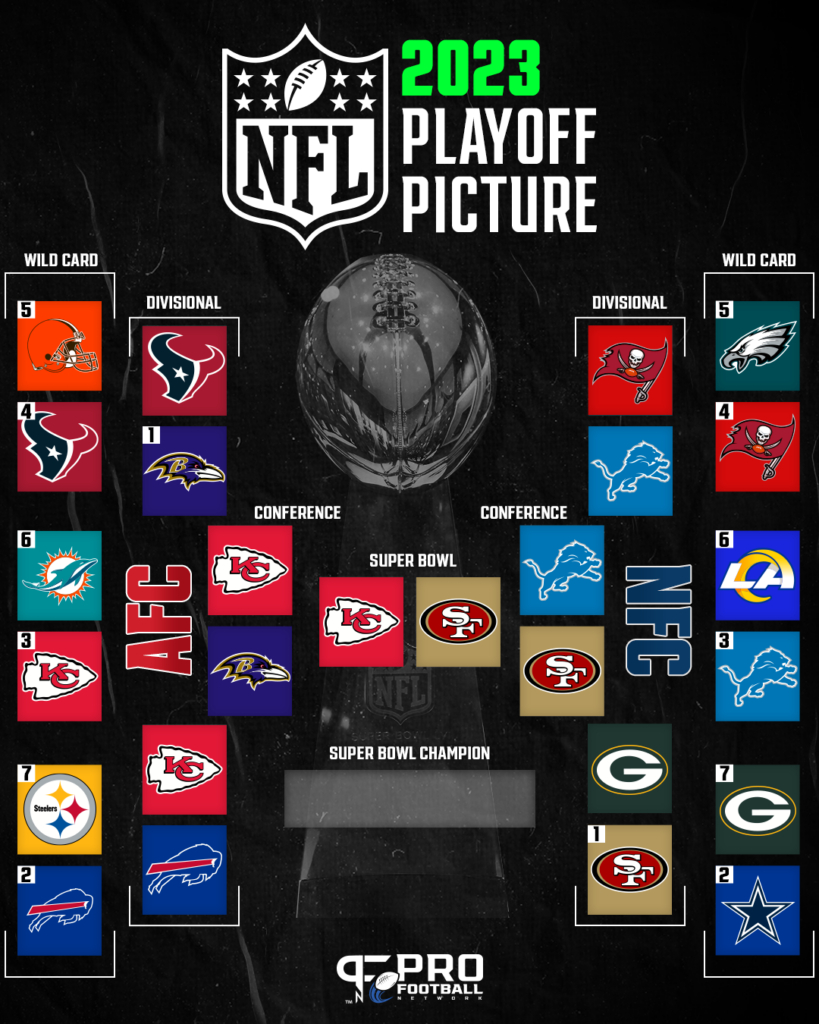[dropcap style=”default” size=”5″]B[/dropcap]ased on a Marvel comic book series, Black Panther exploded into American theaters. This superhero flick features a cast and crew of almost all people of color, marking the first time a blockbuster film starred such a large group of black actors without focusing on racial injustices.
As Jamie Broadnax, founder of pop-culture site Black Girl Nerds, explained to the New York Times, the black characters of the film “are rulers of a kingdom, inventors and creators of advanced technology. We’re not dealing with black pain, and black suffering, and black poverty.”
Despite its unique level of success, Black Panther seems to be an example of the rising number and profitability of films written, directed by, and starring non-white-straight-cisgender-men. In the past year, films such as Girls Trip and Love, Simon have focused on minorities not usually depicted by popular media and have been incredibly profitable, disproving the old notion that minority-centric films are a financial risk for film studios.
This lack of representation in media has significantly impacted the lives of students here. Freshman Bet Menen, who describes herself as a queer black woman, said she didn’t see accurate representations of herself on television or film when she was growing up.
“Most shows I watched as a young child weren’t filled with black girls” said Menen. “It made me feel a little isolated….in the media I felt like I didn’t get to see girls like me. And when they were, they weren’t accurately portraying black women the way I see my friends, myself and my mom, who are black.”
However, despite the rising representation of minority filmmakers and stars, non-inclusive movies and sets are still the norm. Of the 100 top movies of 2016, only 34 featured women as leads or co-leads, with only three of those roles going to women of color, according to a 2017 study by the University of Southern California (USC) Annenberg.
That same study found that 25 percent of films had no speaking roles for black characters, 44 percent had none for Asian characters, and 54 percent had none for Latino characters, and that, between 2014 and 2016, 1.47 percent of speaking characters were gay, .4 percent were lesbian, .35 percent were bisexual, and .022 percent were transgender.
These on-screen statistics are mirrored behind the camera, as well. Of the 900 films studied by USC Annenberg, only 5.4 percent of directors were black, and of those black directors, only 5.35 percent were women. Only three percent of the directors looked at were Asian, and of those, 6.66 percent were women.
Keegan Adkins, a sophomore, also felt this inadequate and lacking representation of his identity in media. Adkins, who identifies as a gay man, said when he was younger, the only gay characters in media weren’t written to the extent that straight characters were.
“Well, it [being gay] was typically all the character was. The character never had anything to struggle with other than sexuality, and it was important for a bit, but eventually it was the only problem,” Adkins said. “It makes it seem like that’s all homosexuals deal with. That lack of representation is really frustrating. Whenever we have representation, it helps normalize us…you also have to take into account that even [of] the characters we do have very few are main characters…I’m hoping that maybe gay/bi/trans/ace [characters] will stop being a plot and start being people.”
He experienced the same lack of positive role models as Menen, saying that the media “gave me a guide on how not to act in order to hide my sexuality,” before he came out, but that now if “I don’t act ‘gay enough,’ then I’m doing homosexuality ‘wrong’.”
The experiences of these two Rock Bridge students are not unique, explained Dr. Victoria Johnson, a sociology professor at the University of Missouri.
“Scholars have convincingly argued that representations of gender. gender-creative children and children of color within the media (television and movies) have a socializing influence on young people’s development of self, whether in regard to race, gender, class, sexual orientation, or other identity categories” Johnson said.
Besides the media’s role in helping children understand who they are, Johnson said children use the media they consume to help “their social value through interaction with others. Media has become more dominant in the socialization process over the last 40-50 years. Consequently, portrayals of marginalized groups within the media shape not only the way that marginalized students see themselves, but also how others view them along with views of families and communities.”
Despite the sociological research in favor of increasing representation of minorities, LGBT characters and women both in front of and behind the camera, Hollywood and mass media have yet to make any meaningful change, often citing the idea that these films are a ‘financial risk’. To Adkins, however, this has nothing to do with the percentage on minorities in that film.
“If [a film] is a major financial risk,” he said, “then it’s probably not because it’s being led by a minority, it’s because it’s a major financial risk [on its own.]”













































































